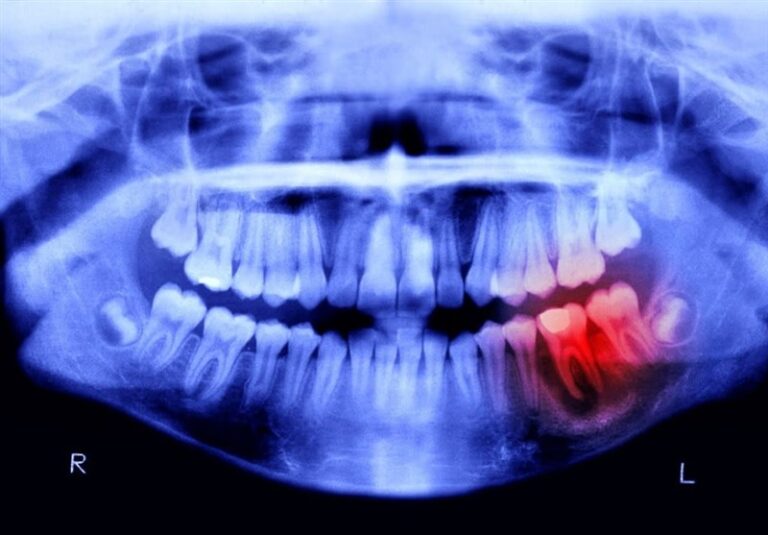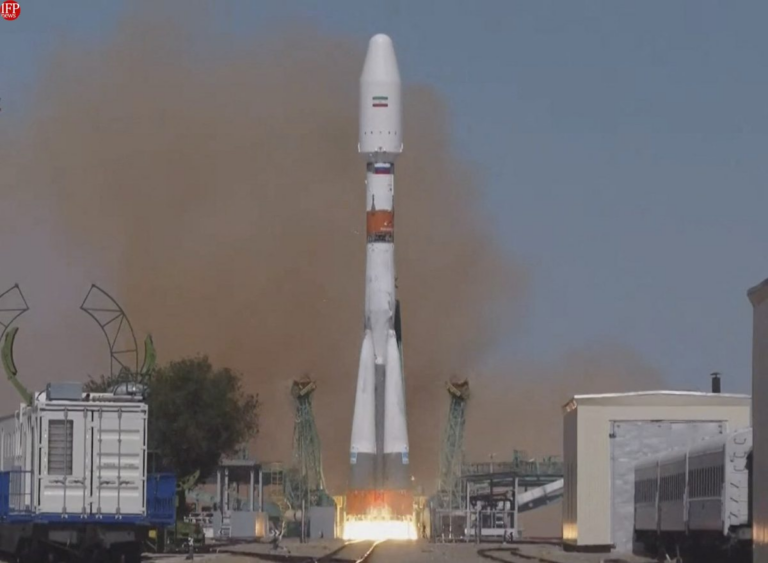
Similar Posts

Revolutionary Tooth-Regrowing Drug Enters Human Trials: A Breakthrough in Dental Science!
Japanese researchers have initiated groundbreaking human trials for an experimental drug designed to regrow teeth, marking a major advancement in dental medicine. Launched in September 2024, the trial involves 30 male participants aged 30 to 64, all missing at least one tooth. The treatment targets the Uterine Sensitization–Associated Gene-1 (USAG-1), which inhibits tooth development. Previous animal studies showed promising results without adverse effects. If successful, the treatment could expand to children by 2030, potentially transforming dental care for tooth loss, which currently lacks permanent solutions. Researchers aim to redefine dental health and improve outcomes globally.

Iran Launches Ambitious 2nd Phase Development of Chabahar Space Center
The Iranian Space Agency has announced plans for the second phase of the Chabahar National Space Center, focusing on developing launch vehicles with liquid fuel motors. The first phase is set to begin operations soon, enabling test launches of solid fuel vehicles. The facility aims for non-military purposes, including deploying Earth observation and communication satellites into geosynchronous orbit. Located strategically in southeast Iran, the center is expected to enhance research, create jobs, and foster international cooperation in space exploration. This initiative marks a significant advancement in Iran’s space capabilities, emphasizing peaceful uses of outer space.

Iranian Women Entrepreneurs Dazzle in BRICS Competition: A Showcase of Innovation and Empowerment
Four innovative projects by Iranian women entrepreneurs have been recognized in the BRICS Women Entrepreneurs Forum competition, announced by Zahra Farahani during the Women, Innovation, and Technology event in Iran. Out of 1,000 submissions from 30 countries, only 26 were awarded, highlighting the exceptional talent and contributions of Iranian women in entrepreneurship. Established in 2020, the BRICS forum aims to promote women’s entrepreneurship across diverse sectors. This achievement underscores the importance of women in driving innovation and economic development, fostering collaboration among BRICS nations, and inspiring future generations of women entrepreneurs worldwide.

Russian Rocket Successfully Sends Iranian Satellites Soaring into Orbit!
A Russian Soyuz-2.1 rocket successfully launched a payload of satellites, including two from Iran, from the Vostochny Cosmodrome. This significant launch featured 53 small satellites, including Iran’s Kowsar high-resolution imaging satellite and Hodhod communications satellite, marking the first deployment by Iran’s private sector. The mission underscores growing Russian-Iranian cooperation in space exploration, with previous launches including an Earth observation satellite. The Kowsar and Hodhod enhance Iran’s capabilities in communications and environmental monitoring. This collaboration aligns with a planned strategic partnership between the two nations, highlighting their intention to advance technology and assert their presence in space.

Iran Set to Launch Two Groundbreaking Satellites in Spring 2025: A New Era in Space Exploration!
Iran is set to advance its space program with the upcoming launches of two satellites, “Tolu 3” and “Zafar 2,” now rescheduled for late Spring 2025 due to delays with the foreign launch vehicle. The Iranian Space Research Center’s Director, Hassan Salariyeh, discussed the nation’s evolving space industry, highlighting the ongoing construction of the “PARS 3” satellite, which aims for two-meter imaging accuracy. The “PARS 2” satellite is planned to launch in February 2025, focusing on remote sensing. Iran’s space capabilities have grown significantly, with recent successful satellite launches showcasing its commitment to becoming a key player in global space technology.

Revolutionary Shape-Shifting Fluid Battery Paves the Way for Next-Gen Flexible Electronics
Researchers at Linköping University have developed a groundbreaking soft battery featuring fluid electrodes, which can adapt to any shape, enhancing the future of wearable and embedded technologies. This flexible power source, detailed in Science Advances, allows for innovative designs in electronics, including wearable medical devices. The battery, made from abundant materials like conductive plastics and lignin, can stretch to double its length and maintain performance over 500 charge cycles. Despite its promise, challenges remain, particularly in increasing voltage. This advancement highlights the importance of sustainable practices in technology, paving the way for new applications in electronics and beyond.